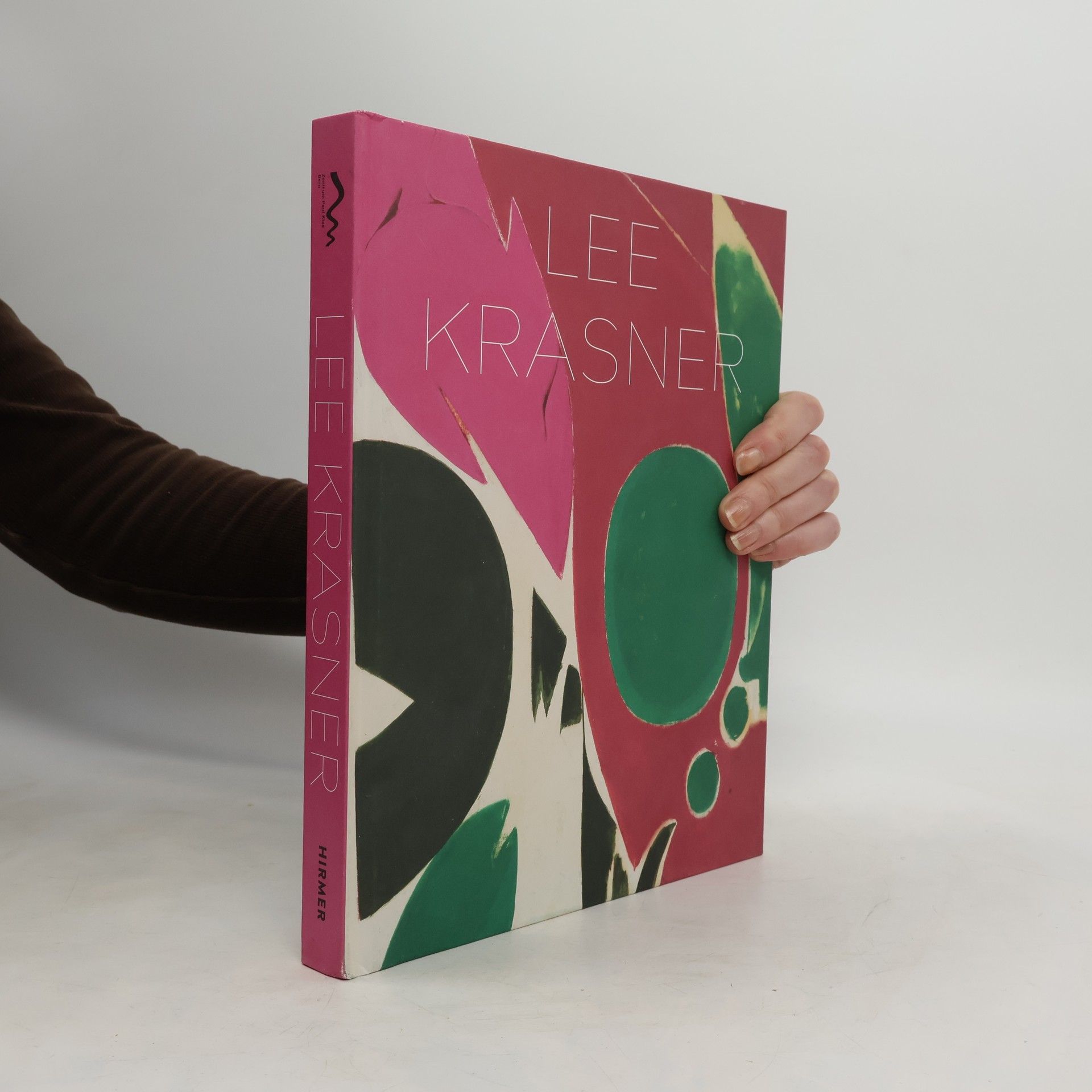Die farbenfrohen und träumerischen Kompositionen von Marc Chagall offenbaren bei näherer Betrachtung tiefgründige Erzählungen über Heimat, Exil, Liebe und Verlust. Als bedeutender Vertreter der europäischen Moderne gelingt es Chagall, komplexe Emotionen und Geschichten in seinen Werken einzufangen, die den Betrachter zum Nachdenken anregen.
Ilka Voermann Book order






- 2024
- 2022
An exploration of the artistic life of non-conformists under the Third Reich. Between 1933 and 1945, artistic creativity within the German Reich was almost totally under the control of the National Socialist state. Many artists emigrated. But what about the ones who remained in Germany? Under what social and economic conditions did they focus on their art and what options for activity were open to them? For artists who did not conform to the system, the years of National Socialism were an era of standstill and isolation. This volume examines the different ways fourteen artists dealt with ostracism, the lack of audience, and the absence of exchange under National Socialism, as well as what possibilities they had for selling and exhibiting their works and to what extent they adapted to the requirements of the Nazi regime.
- 2022
Kunst für Keinen
1933–1945
Zwischen 1933 und 1945 wurde das künstlerische Schaffen im Deutschen Reich nahezu vollständig durch den nationalsozialistischen Staat kontrolliert. Viele Künstlerinnen und Künstler emigrierten. Wie aber erging es denjenigen, die in Deutschland blieben? Unter welchen sozialen und wirtschaftlichen Bedingungen widmeten sie sich ihrer Kunst und welche Handlungsräume standen ihnen offen?Für nicht systemkonforme Kunstschaffende gelten die Jahre des Nationalsozialismus als eine Epoche des Stillstands und der Isolation. Dieses pauschale Urteil hinterfragt der Band anhand von 14 Künstlerpersönlichkeiten und zeigt, wie unterschiedlich diese mit Ausgrenzung, fehlendem Publikum und Mangel an Austausch umgingen, welche Möglichkeiten zum Verkauf und zum Ausstellen ihnen offenstanden und inwieweit sie sich an die Forderungen des NS-Regimes anpassten. Rund 140 Gemälde, Skulpturen, Zeichnungen und Fotografien spiegeln dabei eindrucksvoll die Widersprüchlichkeit dieser Zeit. Künstler*innen: Willi Baumeister, Otto Dix, Hans Grundig, Lea Grundig, Hannah Höch, Werner Heldt, Marta Hoepffner, Karl Hofer, Edmund Kesting, Jeanne Mammen, Ernst Wilhelm Nay, Franz Radziwill, Hans Uhlmann, Fritz Winter
- 2022
Explores themes of home, exile, and Jewish identity in Chagall’s mid-career works. Marc Chagall (1887–1985) remains famous for his dreamy images and luminous use of color, but in the 1930s his palette darkened as he began to address intensifying anti-Semitism in Europe. World in Turmoil draws attention to lesser-known works the artist created during this period and into the 1940s, a time in which he visited Israel, escaped Nazi-occupied France, and found refuge in the United States. Showcasing more than one hundred paintings, works on paper, and costumes, the volume traces Chagall’s search for a pictorial language in the face of displacement and persecution. The pieces presented here include numerous self-portraits, art with allegorical and Biblical subjects, designs from Chagall’s exile in New York City, images of his hometown in present-day Belarus, and landmark paintings like The Falling Angel . The catalog for the Schirn Kunsthalle Frankfurt’s exhibition of the same name, Chagall offers a topical perspective on the oeuvre of one of the most important artists of the twentieth century.
- 2019
Lee Krasner zählt zu den wichtigsten Vertreterinnen des Abstrakten Expressionismus in den USA. Dennoch stand ihre Kunst lange im Schatten ihres Ehemannes Jackson Pollock. Ihr vielfältiges Werk wird nun erstmals in einer umfassenden Retrospektive in Europa gewürdigt. Es erzählt die Geschichte von einer der unbeirrbarsten Künstlerinnen des 20. Jahrhunderts. Beschreibung: Als Tochter einer aus Russland eingewanderten Familie wurde Lee Krasner 1908 in Brooklyn, New York geboren. Bereits zu High-School-Zeiten nahm sie Kunstunterricht, studierte an der National Academy of Design und ging später an die Hans Hofmann School of Fine Arts. Anders als viele Künstler ihrer Zeit, die ebenfalls ungegenständlich malten, entwickelte Krasner nie einen signature style, sondern reflektierte ihre Praxis mit dem Anspruch, ihre Bildsprache stets weiterzuentwickeln. In großzügigen Abbildungen werden Werke aus 40 internationalen Sammlungen präsentiert, die fast ein halbes Jahrhundert umspannen, darunter Gemälde, Collagen und Zeichnungen sowie Filme und Fotografien. (Verlagshomepage).
- 2012
Die Kopie als Element fürstlicher Gemäldesammlungen des 19. Jahrhunderts
- 375 pages
- 14 hours of reading
Mit dem Begriff 'Kopie' wird im Zusammenhang mit bildender Kunst meist Negatives assoziiert. Für den Kunstkenner ist es heute selbstverständlich, dass er in Museen und Galerien ausschließlich Originalen gegenübersteht. Dass die Gemäldekopie im 19. Jahrhunderts in einem ganz anderen Licht gesehen wurde, beweist ein Blick in die Bestandskataloge fürstlicher Sammlungen. Kopien waren darin keine Seltenheit und besaßen eine andere Wertigkeit als heute. Ilka Voermanns Arbeit geht erstmals den Ursachen dafür nach. Anhand der fürstlichen Sammlungen an den Höfen in Oldenburg, Schwerin, Karlsruhe, Weimar und Gotha wird untersucht, welche Kriterien beim Erwerb oder Auftrag einer Kopie ausschlaggebend waren, mit welchen Schwierigkeiten die Kopisten zu kämpfen hatten und wie mit den Nachahmungen im Vergleich mit den Originalgemälden umgegangen wurde. Darüber hinaus weist die Autorin nach, dass die Gemäldekopien in den untersuchten Sammlungen eine wichtige Rolle für das höfische Selbstverständis und die Repräsentation im politisch schwierigen 19. Jahrhundert spielten. Damit schneidet die Untersuchung zwei wenig erforschte Teilgebiete der Kunstgeschichte an und kann nicht nur Aufschluss über die 'Kunst aus zweiter Hand' und ihre Verwendung geben, sondern auch einen Beitrag zur Erforschung höfischer Repräsentation im 'bürgerlichen' 19. Jahrhundert leisten.